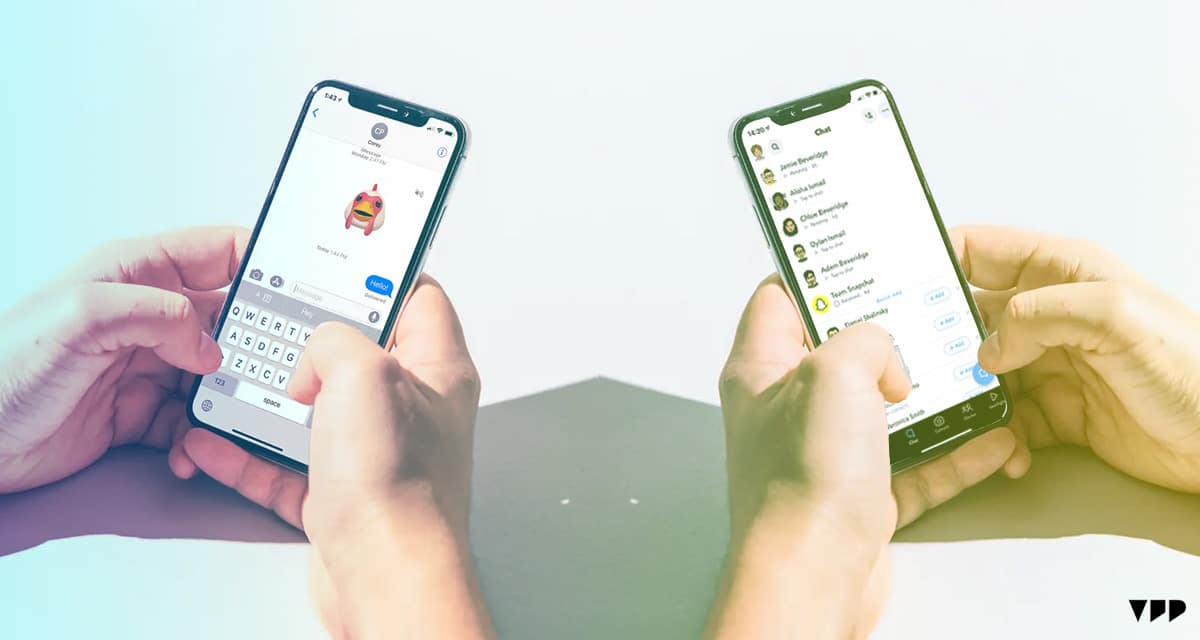The Future. While young people mainly use iMessage to talk with their parents, Snapchat is where the real communication is happening, with Zoomers using the app as their go-to form of texting. It’s a phenomenon that Snap, suffering nearly $100 billion in lost value in just under two years, may be working overtime to monetize.
Reply all
For Gen Z, iMessage and Snapchat perform similar functions… for very different purposes.
- They use iMessage — the most-used communication app for teens in the US — to talk to family members.
- But they use Snapchat — the second most used, with three-fourths of people 16-24 using it — to talk to friends.
Why the preference for Snapchat among peers?
- Young people feel safer that their messages disappear.
- Group chats can include up to 100 people, as opposed to 32 on iMessage.
- They can easily find people and ensure it’s them.
- They only get messages from approved friends (so no spam).
- Snap Map lets them broadcast their location.
The big question is if Snap will be able to retain these young users even as they grow up. There is a good sign that’s happening: Jack Brody, Snap’s VP of product, says half of the app’s users are now over 25.
No way they’re giving up that Snap streak now.
TOGETHER WITH CANVA
No design skills needed! 🪄✨
Canva Pro is the design software that makes design simple, convenient, and reliable. Create what you need in no time! Jam-packed with time-saving tools that make anyone look like a professional designer.


